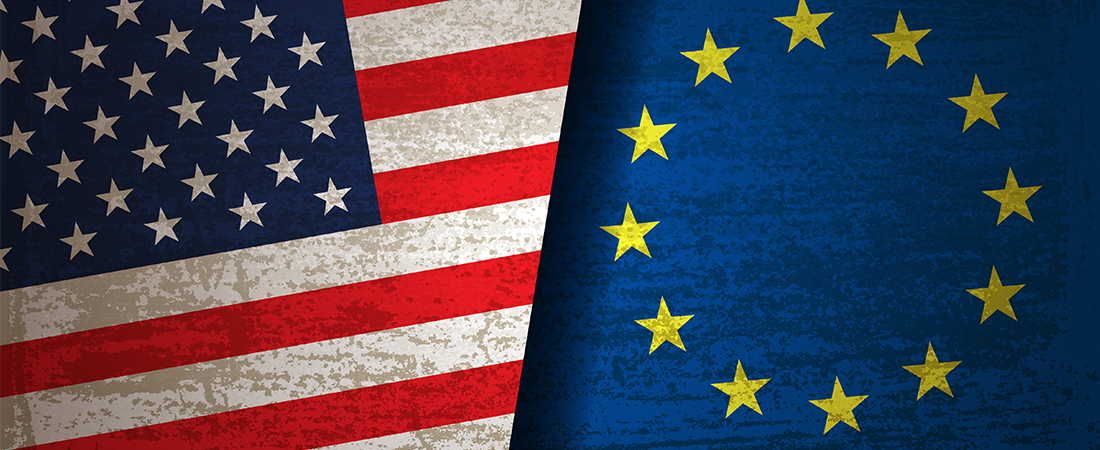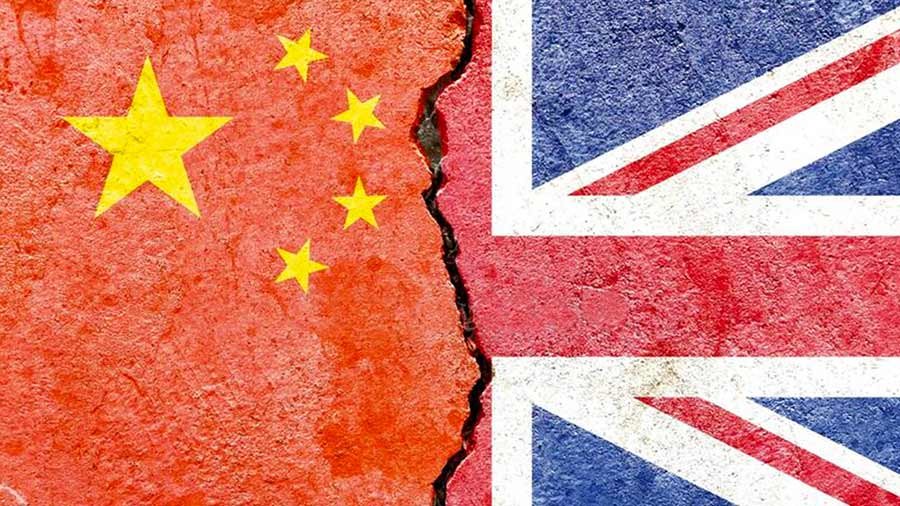Last week, EU and US officials met in the industrial town of Luleå, Sweden, for the fourth meeting of the EU-US Trade and Technology Council (TTC). The TTC has become a key platform for the transatlantic alliance to coordinate on a variety of key trade and technology topics, from semiconductors and artificial intelligence to sustainable trade and tackling foreign interference in domestic industries.
The outcomes of last week’s meeting (TTC4) were numerous and coloured by various recent developments. While the dialogue has aimed, since its launch in 2021, to boost information sharing, collaboration, and standard setting, some have questioned its relevance, particularly in the face of an increasingly assertive and global China. Has this latest meeting demonstrated the transatlantic partners’ ability to remain aligned in a highly geopolitical context?
A focal point of this TTC meeting was to work towards a common, responsible, and trustworthy approach to AI, particularly given the rapid rise to prominence of generative AI. The appearance of ChatGPT and other similar systems, such as Google’s Bard in the US, have increased concerns about reining in this technology, although differences remain as to how to go about it. The EU, following the launch of its AI Act proposal in 2021, views “human-centric” regulation as the key, while the US, host to the world’s largest tech companies, has so far taken a more dispersed approach. Enhanced cooperation however remains priority for both, as exemplified by their agreement to boost cooperation on advanced AI research in a number of areas, such as climate forecasting, health and energy grid optimisation.
It is clear from the meeting that both partners see their collaboration in this domain as part of a concerted effort to set global standards for AI, to prevent falling behind. The TTC4 outcomes state that their work will complement the Hiroshima AI process, launched last month at the G7 summit in Japan.
This demonstrates the further alignment of a global “constellation” of multilateral action, which has as its nodes the G7, the EU-US TTC, the OECD, and the Global Partnership on Artificial Intelligence (GPAI). The EU-India TTC, which has been recently launched and is also committed to cooperation for trustworthy AI, might represent the newest node, although it is still early to tell.
Further to this alignment, the outcomes of TTC4 serve to further reinforce the transatlantic alliance’s stance vis-à-vis China. On semiconductors, the two sides agreed to cooperate, along with like-minded partners, on the impact of non-market economic policies on the global supply chain. The same goes for digital trade. In the same breath as accusing China of amplifying Russian disinformation regarding the War in Ukraine, the EU and the US also committed to countering foreign information manipulation and interference in Africa, Latin-America, and EU Neighbourhood countries.
It is also in this light that we can view the two connectivity projects announced with Costa Rica and the Philippines. The former includes support for the rollout of “secure, resilient and inclusive” digital connectivity, including 5G, while the latter covers support for the development of a 5G stand-alone network, as well as cybersecurity training.
These two projects constitute a new iteration of a trend that started at the third EU-US TTC last December, where connectivity projects were announced with Jamaica and Kenya. These EU-US backed projects, which complement the EU’s own Global Gateway, can be seen as a further attempt to counter the prevalent influence and activity of China in Africa, Latin America-Caribbean, and the Indo-Pacific, particularly in the wake of China’s Belt and Road Initiative, launched a decade ago.
The reference to the creation of a Copernicus data centre in the Philippines is especially meaningful from a geopolitical perspective. In recent years, China made strategic use of the space domain as a way to increase influence abroad, especially in Africa. Examples of this include the establishment of a Satellite Navigation Centre for Beidou (China’s satellite navigation constellation) in the Tunisian capital in 2018. Similarly, China is an active supporter of Egypt’s space programme, having supported the construction of Satellite City Industrialisation and Assembly Centre, and financed and contributed to the construction of many of its satellite projects, the latest of which, Horus-2, was launched last March on a Chinese rocket. The EU has clearly taken note of this and decided to act.
Overall, while some differences remain, the technological alignment of the West vis-à-vis China could provide enough reason to reach common ground. It will be interesting to see the concrete results that this alignment between Brussels and Washington will have, and how Beijing, for its part, reacts.





